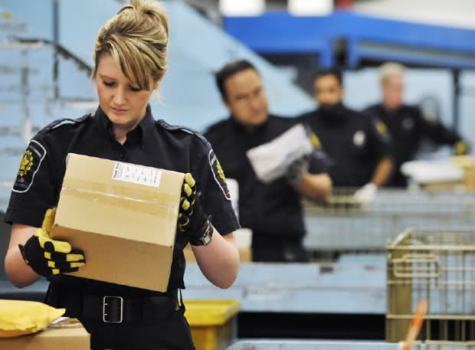As your ecommerce business expands, it is likely that you begin to explore international logistics and the associated requirements. As you learn more about said requirements, you may be asking yourself what is a shipping tariff and how do I factor that into my overall shipping cost?
A tariff (otherwise known as a duty) is a tax levied by countries on the value of imported products. Tariffs can also be applied in conjunction with other taxes – national taxes, local taxes, sometimes even customs fees. Different countries apply tariffs to different kinds of products, it depends on the trade relationship is between the exporting and importing countries. For instance, countries that have a free-trade agreement will usually have minimal or no tariffs for many import/exports.
There are two reasons why you should know the tariffs (along with other taxes) applied to your products before you start selling and shipping them internationally. First, tariffs are collected at the time of customs clearance in the importing country, so you’ll want to collect the full price (MSRP + tariff + other taxes and fees) in advance. Second – you won’t be able to clear customs unless you apply the proper tariff codes to your shipment information.
The good news is that it’s fairly simple to identify which tariffs may apply to your product. We’ve boiled it down to two simple steps:
1. Determine your HS Code/Schedule B Number
Customs agents require a Harmonized System (HS) Code and/or a Schedule B number in order to identify the type of product you’re shipping. These codes allow you to calculate the relevant tariffs.
The HS Code (also known as HS Tariff Number) is a 4-6 digit code used by the World Customs Organization to identify product types. The Schedule B number is a 10 digit number that also includes your product’s HS Code.
You can find your numbers here.
2. Determine Tariff Rates
Once you know your product’s Schedule B and HS numbers, you can search the Customs Info Database to find out the tariff rates associated with your product. Remember, different countries apply different kinds of tariffs, so you’ll need to find out different tariff rates if you’re shipping internationally to multiple countries.
It may be a lot of legwork to find the proper tariff rates to your products, but this information is crucial in getting your products across borders. Finding out your product’s tariffs can also help inform your business decisions by allowing you to identify countries with free-trade agreements.
Interested in learning more about international shipping and carriers that EasyPost can support your business with? Check out more details on our carriers at www.easypost.com/carriers or contact us at support@easypost.com.


